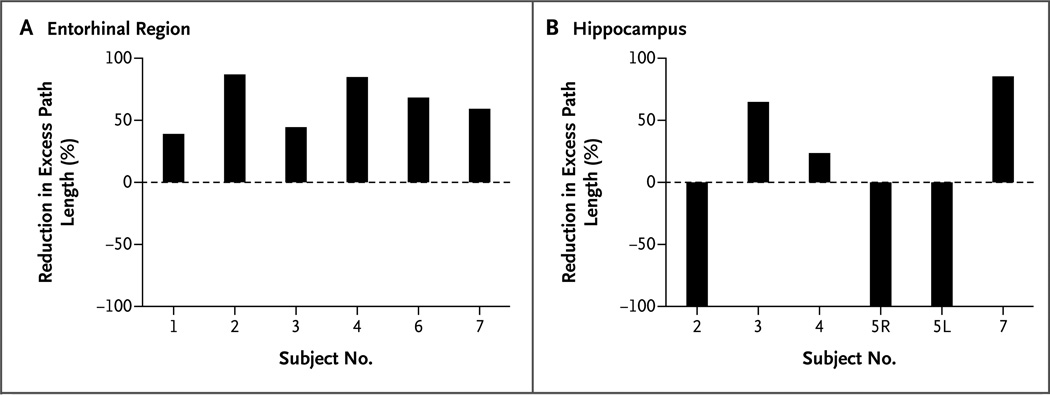Figure 3. Reduction in Excess Path Length.
The percentage reduction in excess path length is shown for each subject during block 4 (i.e., retention) for store locations that had been learned during stimulation of the entorhinal region (Panel A) and hippocampus (Panel B) in blocks 1, 2, and 3, as compared with store locations that had been learned without stimulation. The maximum reduction that could occur was 100%, which is an excess path length of zero. The six sessions of entorhinal stimulation in all subjects (except Subject 5, who did not receive entorhinal stimulation) showed improvement in memory (reduced excess path length). The six sessions of hippocampal stimulation were from Subjects 2, 3, 4, 5, and 7; Subject 5 was tested for the right (5R) and left (5L) hippocampi separately. There was no consistent effect of stimulation of the hippocampus across subjects.

